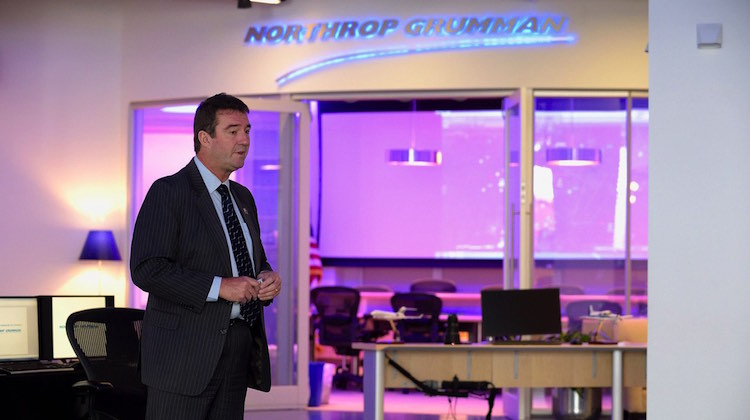
Northrop Grumman Australia is planning to double in size over the next few years as it bids for new defence acquisition programs and prepares to support the MQ-4C Triton unmanned surveillance aircraft and F-35 Joint Strike Fighter as they enter RAAF service.
“Our forecasts are pretty aggressive, we should double our size in the next few years,” Northrop Grumman Australia chief executive Ian Irving told Australian media in the US last week.
“I’ve been on board now for about four years and we’ve grown from five people to almost 500 in Australia over that period of time. Granted that was through two acquisitions (M5 and Qantas IDS), but we’re now starting to have substantial organic growth within those areas of the business.”
Irving flagged 2017 would be a year of substantial activity for Northrop Grumman Australia as it expects to submit proposals on up to five defence acquisition programs in the first eight months of the year, “in addition to helping the Commonwealth negotiate and get started with their cooperative program for Triton”.
Those five programs he listed as JP9711 for a ‘Core Simulation Capability’ or CSimC; JP2096 for an ISR information backbone; the Defence ERP (enterprise resource planning) project; Land 19 Phase 7B – Army’s project for a land-based air defence system; and AIR 6500, Air Force’s plans for an integrated air and missile defence system.
“We’ll win our fair share of all of those programs, you can’t win everything but I think we’re well positioned.”
Irving concedes that doubling the size of Northrop Grumman Australia to deliver on the planned increase in defence projects will be challenging.
“That’s going to be one of the challenges for the defence industry as a whole, to keep up with the pace of growth,” he said.
“If you look at the increase in spend that Australia is forecasting over the next few years it is somewhere between five and eight per cent – I don’t suspect that we’re going to get quite to that level as the best that industry did in the John Howard era was probably about four per cent year on year growth.
“I think as an industry to actually bring in the types of skills and talent required for that … will be a challenge.”












